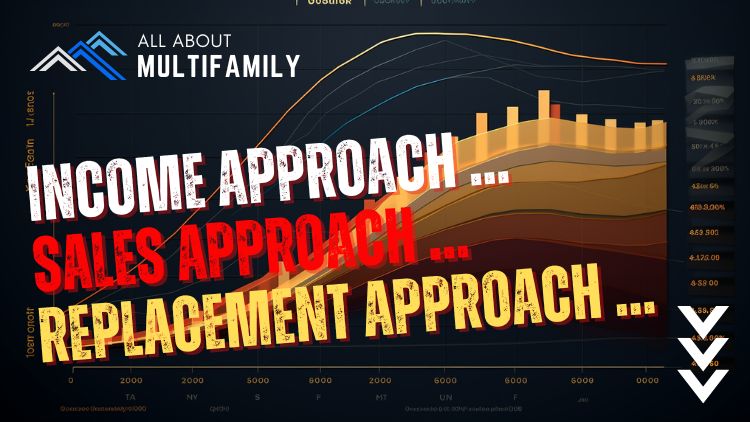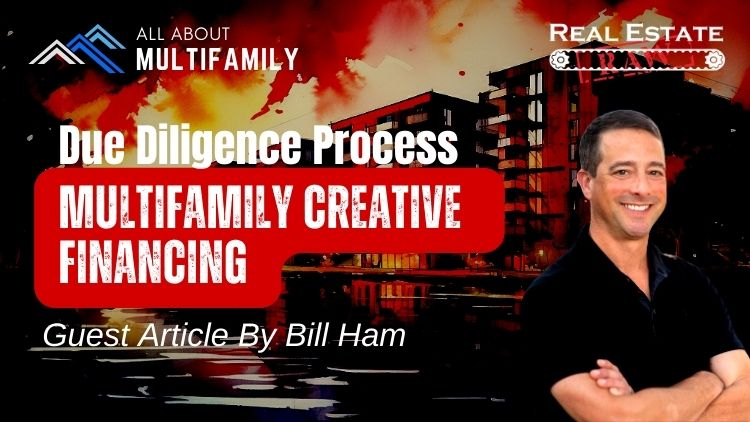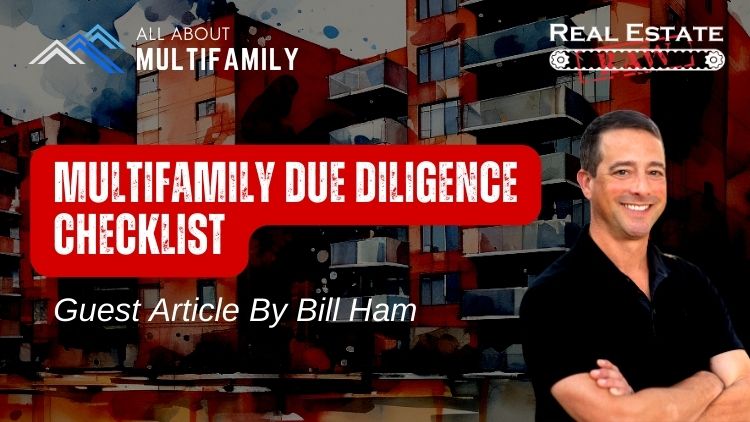The National Association of Home Builders (NAHB) conducts a quarterly Multifamily Market Survey (MMS) to gauge conditions in the apartment and condo market. This survey gathers insights from builders and property managers on two key areas: production (number of new multifamily units being built) and occupancy (rental rates and vacancy levels).
Understanding the Indexes:
The MMS produces two indexes:
- Multifamily Production Index (MPI): This index reflects builder and developer sentiment about current conditions for starting new apartment and condo projects. It’s measured on a scale of 0 to 100, with a score above 50 indicating more positive sentiment than negative.
As of Q1 2023, the NAHB implemented a new methodology for the MPI. It now considers four market segments:
- Garden/low-rise apartments (built-for-rent)
- Mid/high-rise apartments (built-for-rent)
- Subsidized housing (built-for-rent)
- Condominiums (built-for-sale)
The survey asks builders to rate current conditions for starting new projects in their active markets on a scale of “good,” “fair,” or “poor.” The MPI is a weighted average based on these responses.
- Multifamily Occupancy Index (MOI): This index reflects industry perception of occupancy levels in existing apartments. Similar to the MPI, it’s measured on a scale of 0 to 100, with a score above 50 indicating more respondents perceive occupancy to be good than poor.
The new MOI methodology, also implemented in Q1 2023, focuses on three built-for-rent market segments:
- Garden/low-rise apartments
- Mid/high-rise apartments
- Subsidized housing
The survey asks builders to rate current occupancy conditions in their active rental markets on a scale of “good,” “fair,” or “poor.” The MOI is then calculated as a weighted average of these responses.
By tracking these indexes over time, the NAHB MMS provides valuable insights into the health of the multifamily market.






























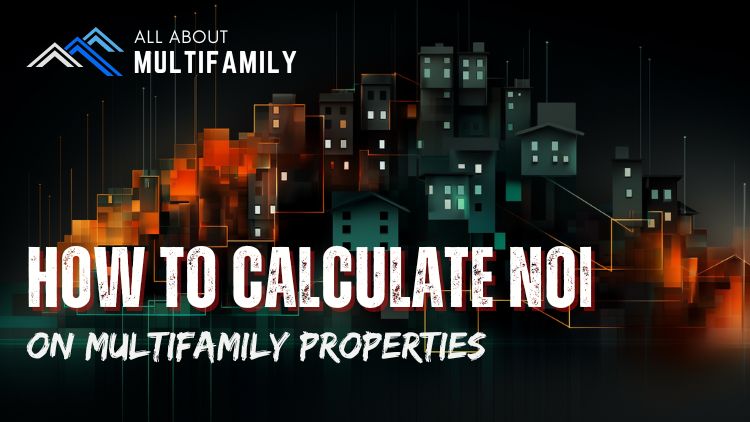



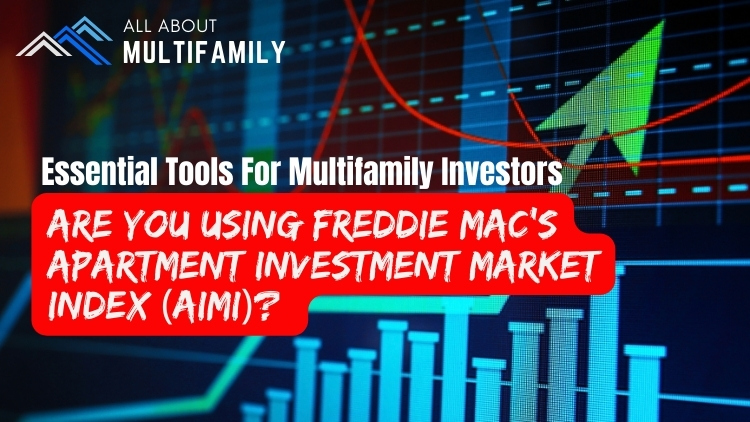

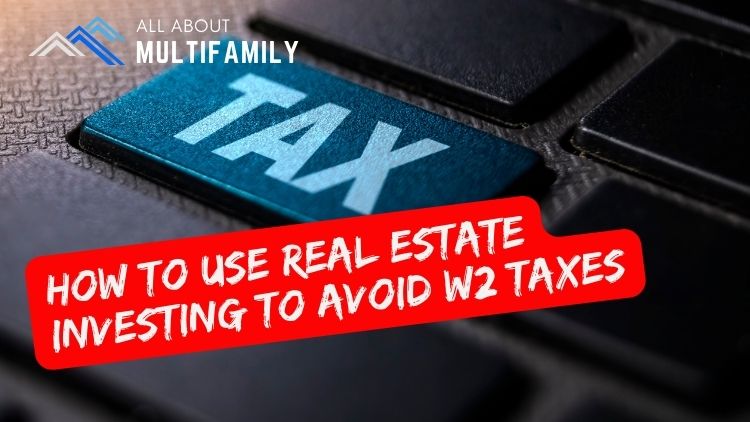

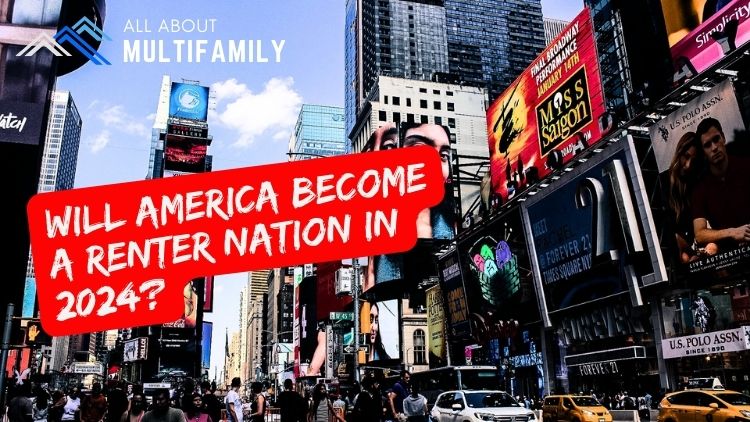







![An In-Depth Look at Jake and Gino's Coaching Program [A Review]](https://allaboutmultifamilyinvesting.com/wp-content/uploads/2023/10/AAM-BMP-Blog-Covers-750-×-422px-6.jpg)

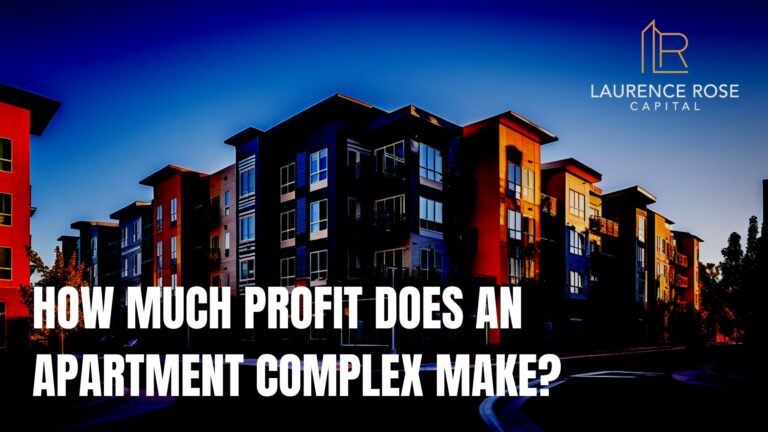
![Email Marketing Tips for Multifamily Real Estate Syndicators to Raise Capital [Templates included]](https://allaboutmultifamilyinvesting.com/wp-content/uploads/2023/09/AAM-BMP-Blog-Covers-750-×-422px-4.jpg)
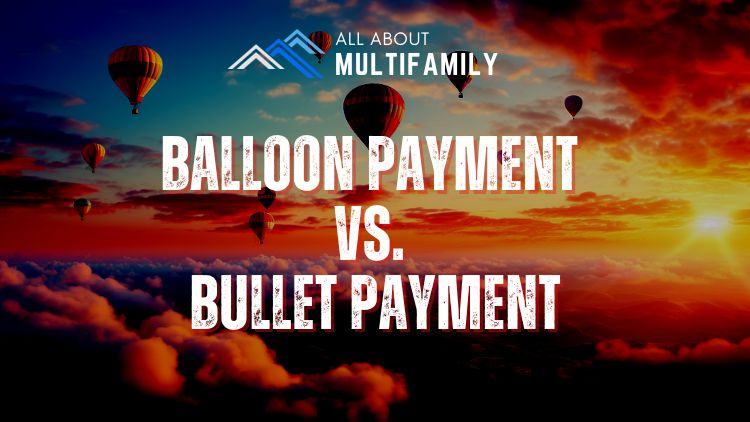
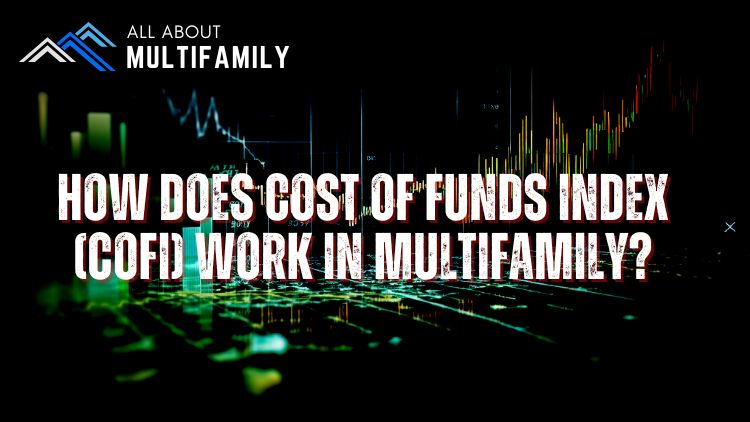
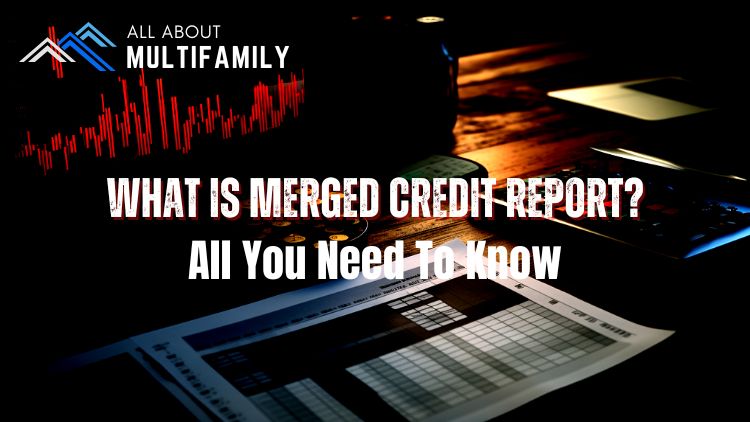



![The Richest Kids In America [Book Review]](https://allaboutmultifamilyinvesting.com/wp-content/uploads/2023/09/AAM-BMP-Blog-Covers-750-×-422px-84.jpg)









